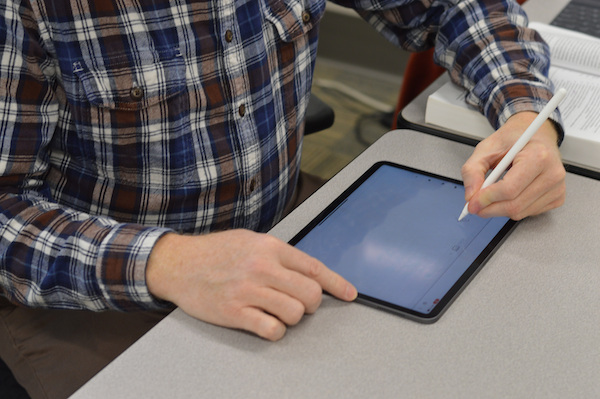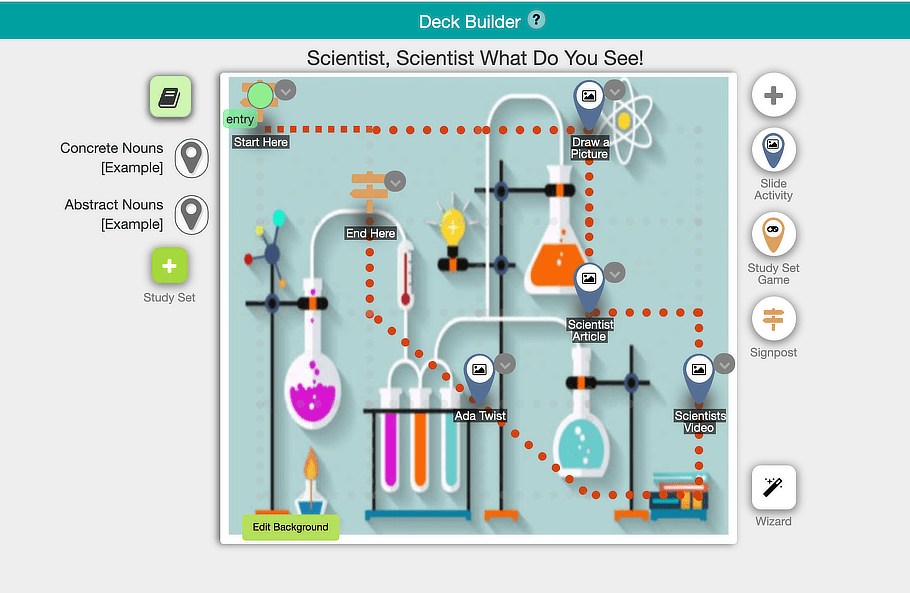
It has been almost a year since the Samford University campus closed due to the COVID-19 pandemic. Since that time, faculty, staff and students have adapted to new technology, processes and communication tools to continue effective instruction and learning.
When Samford moved to remote instruction, professor of human development and family science Jonathan Davis realized how much drawing he did when lecturing. Whether he was working through a statistics problem or sketching a chart, he needed a way to visually convey his examples.
With the help of technology and EduLearning Commons coordinator Amanda Stone, Davis was able to obtain an iPad and Apple Pencil and identify several apps that could be used during virtual teaching.
“It took me about a month or two to experiment with different apps that might be good, but I eventually settled on a little combination that works pretty well,” said Davis. “It essentially allows me to use it just exactly as I would a whiteboard in a regular class.”
Davis logs on to Zoom as himself on his computer and then logs on as a separate user on his iPad, making both devices a co-host to be able to share both screens. Although Davis is navigating more equipment now, utilizing the Apple Pencil has allowed him to continue instruction as he would in a regular classroom.
As the technology and EduLearning Commons coordinator, Stone was able to help other faculty members make the transition to virtual teaching as well. She typically begins each year by introducing two to three new technology platforms, but amid the pandemic, she introduced six.

One platform Stone utilizes for her students is Deck Toys, which provides learning paths for engaging lessons. Students complete assignments by following a game board, competing with other students and earning rewards along the way. This particular tool offers six different interactive ways for students to respond, seven different tools to play games and 17 different types of study games.
Stone believes in the importance of teaching her students how to use various tools and platforms that they will not only use while they’re in school, but that they will utilize when they become teachers.
“I want kids to see what they can use,” said Stone. “They will walk out in May to interview and their resume won’t need to say computer skills, it will need to say virtual integration or teaching of virtual learning. They will need to explain what they can and can’t do as far as teaching online, and they’ll need to know how to keep kids engaged online.”
In addition to Deck Toys, other faculty members have been utilizing interactive slides, live science experiments and other games such as Kahoot! and Gimkit, both used regularly in middle schools and high schools. These resources allow the students to collaborate, share and learn technology to enhance virtual teaching.
To find success in teaching virtually, Stone says “You have to teach intentionally, and you just have to be willing to put in the time.”
